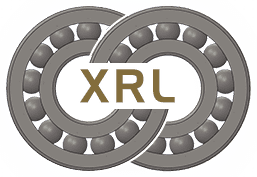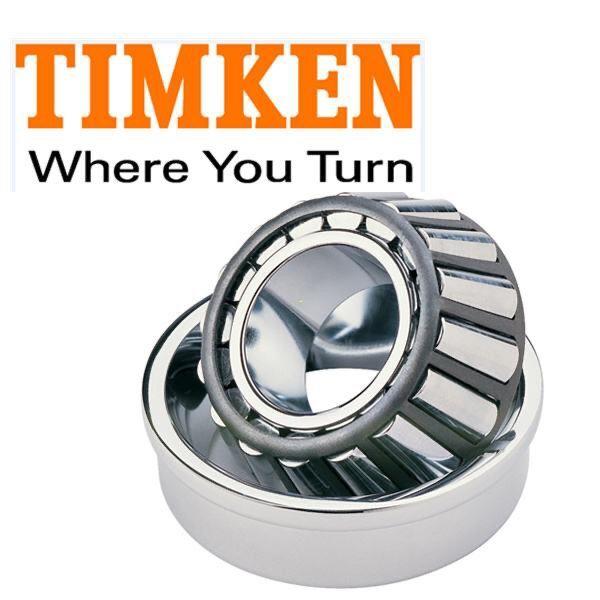Installation method: When using a tight fit inner ring, the installation method depends on whether the bearing is a straight bore or a tapered bore. Then install the lock washer and lock nut or clamp the end cover to fix the bearing on the shaft shoulder. After the bearing is gradually cooled, tighten the lock nut or clamp the end cover and the outer ring of the end cover rotates, it and the bearing seat should be A tight fit, heats the housing to expand to complete the installation. The oil bath method is shown in Figure 10. The bearing should not be in direct contact with the heat source. A common method is to place an isolation net several inches from the bottom of the oil tank, and use a small support block to separate the isolation net from the bearing model. The bearing must be kept away from any nearby high temperature heat sources to prevent the bearing from overheating. high, resulting in a decrease in the hardness of the bearing ring.
Usually flame heating is used. It is best to use an automatic temperature control device. If safety regulations prohibit the use of an open hot oil bath, a 15% soluble oil-water mixture can be used. This mixture can heat up to 93°C without flame Installation is done easily Two heating methods are generally used: – Hot tank heating – Induction heating The first method is to place the bearing in hot oil with a high flash point The oil temperature cannot exceed 121°C, 93°C in most applications This should be enough to heat the bearing for 20 or 30 minutes, or until it expands enough to slip easily into the journal. Induction heating can be used to install bearings. Induction heating is a quick process, so special care must be taken to prevent temperatures from exceeding 93°C. Heating operation to grasp the correct heating time According to the fixed melting temperature of the wax, the temperature of the bearing can be measured. After the bearing is heated, it should be ensured that the bearing is perpendicular to the shoulder and fixed until it cools.
The thermal expansion bearing is supported by the isolation net from the bottom of the lubricating oil bearing support block. The bearing support block is heated by flame. Do not use steam or hot water to clean the bearing, otherwise it will cause rust or corrosion. Do not heat bearing surfaces on flames. Bearing heating should not exceed 149°C (300°F). WARNING Before heating parts, remove any oil or rust inhibitor to avoid fire and smoke. NOTICE Failure to observe the following warnings could result in serious personal injury or death. Wrench stamping is an optional mounting method often used for small size bearings, by pressing the bearing onto the shaft or into the housing. This method requires an arbor press and a mounting socket, as shown in Figure 11. The mounting socket should be made of mild steel and the inner diameter should be slightly larger than the diameter of the shaft. The outer diameter of the mounting socket should not exceed that on timken.com/catalogs Shaft shoulder diameters given in the Timken® Spherical Roller Bearing Catalog (Order No. 10446C).
Both ends of the mounting sleeve should be vertical, the inner and outer surfaces should be thoroughly cleaned, and the sleeve should be long enough to ensure that the end of the sleeve is still longer than the end of the shaft after the bearing is installed. The outside diameter should be slightly smaller than the inside diameter of the housing. Bore diameter not smaller than the housing shoulder diameter recommended in the Timken® Spherical Roller Bearing Selection Guide (Order No. 10446C) at timken.com/catalogs The required force is to carefully install the bearing on the shaft and ensure that it is perpendicular to the centerline of the shaft. Apply a steady pressure with the hand lever to hold the bearing firmly against the shaft or housing shoulder.
Post time: Aug-01-2022

